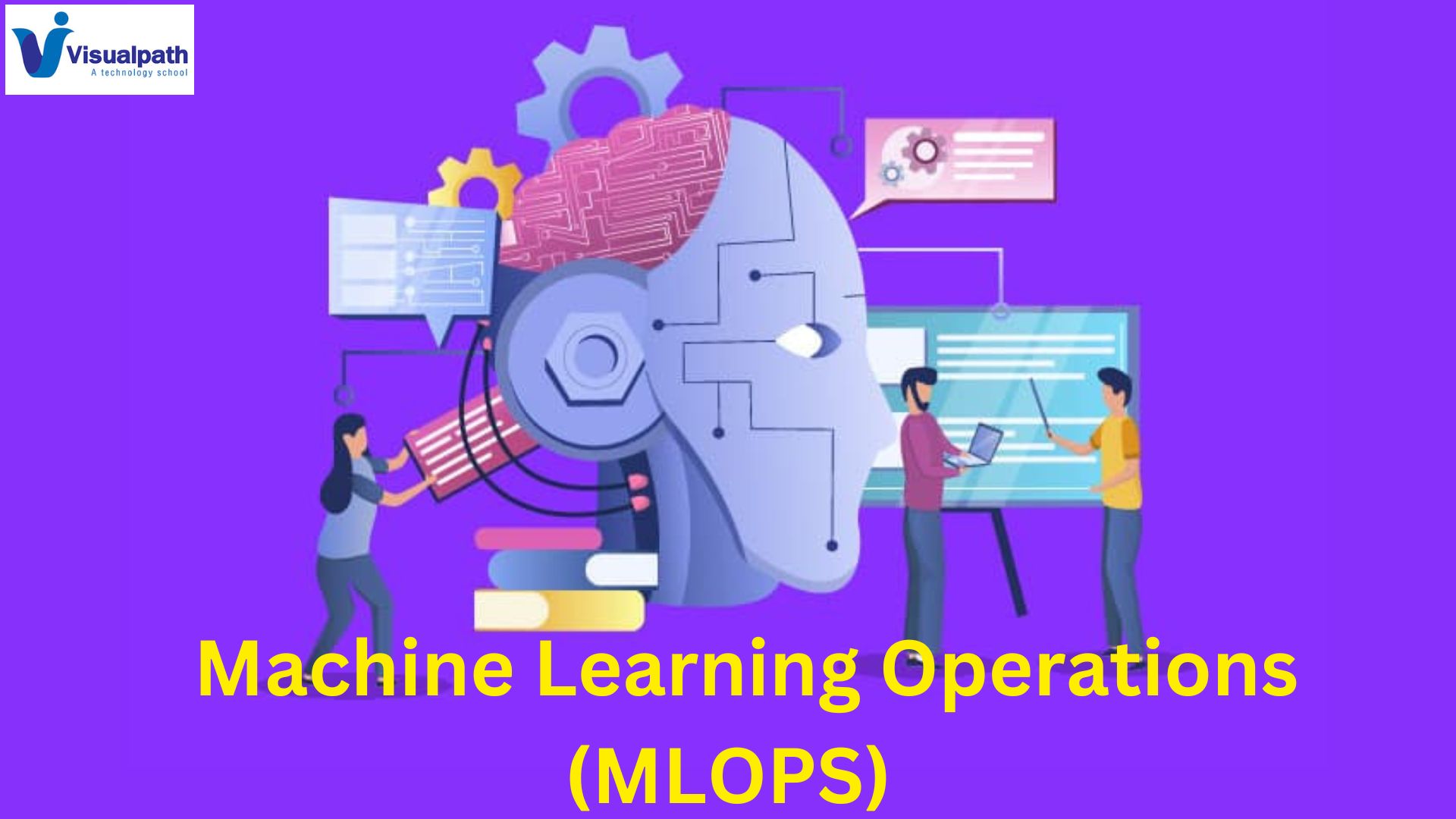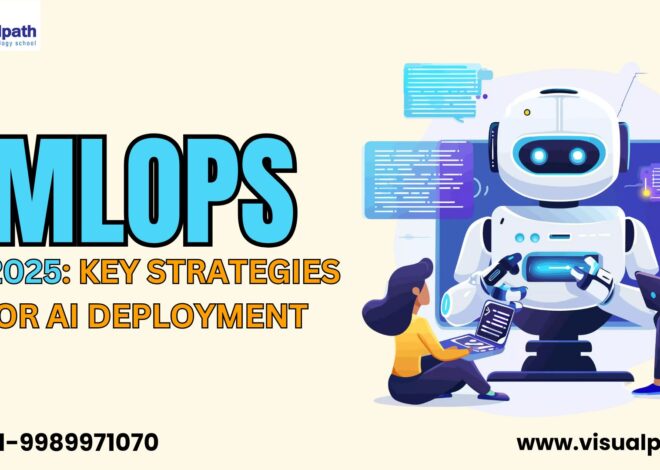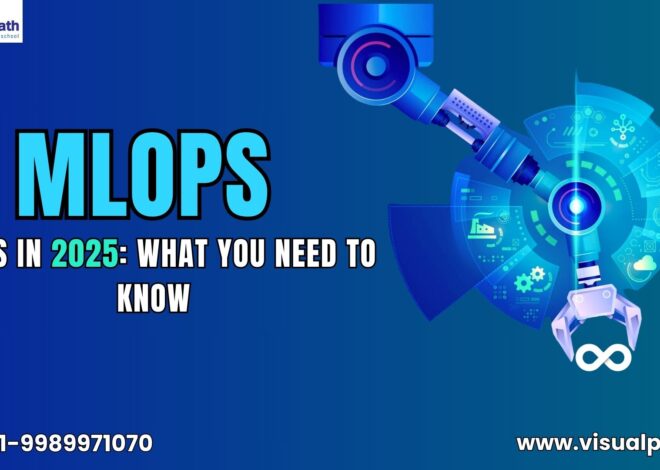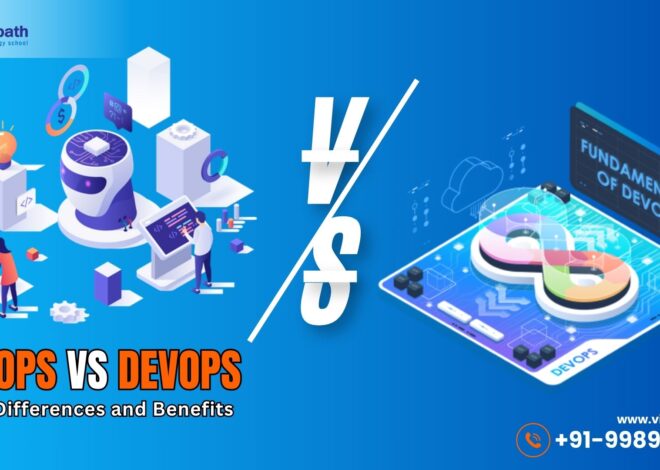Machine learning (ML) has become a transformative force across industries, enabling data-driven decision making and automation. However, building a successful ML model is just one piece of the puzzle. Effectively deploying, managing, and monitoring these models in production requires a robust workflow – enter MLOps (Machine Learning Operations).
What is MLOps?
MLOps bridges the gap between data science and software engineering, fostering collaboration and streamlining the entire ML lifecycle. It encompasses a set of practices that automate the development, deployment, and monitoring of ML models. By implementing MLOps, organizations can ensure:
- Reproducibility: MLOps ensures models can be consistently rebuilt and deployed, reducing errors and facilitating collaboration.
- Scalability: It enables efficient management and deployment of models at scale, crucial for real-world applications.
- Governance: MLOps establishes frameworks for model versioning, monitoring, and bias detection, promoting responsible AI practices. MLOps Online Training
- Efficiency: Automation streamlines repetitive tasks, freeing data scientists and engineers to focus on innovation.
The MLOps Workflow: A Step-by-Step Guide
The MLOps workflow typically consists of six key stages:
- Data Acquisition and Ingestion:
The foundation of any ML project is data. This stage involves identifying relevant data sources, collecting data (potentially from diverse sources), and ensuring its quality and consistency. Data cleansing, transformation, and feature engineering often occur at this stage to prepare the data for model training.
- Model Training and Experimentation:
Data scientists leverage various machine learning algorithms and techniques to train models on the prepared data. This stage often involves experimentation with different algorithms, hyperparameter tuning to optimize model performance, and version control to track model iterations. MLOps Training in Hyderabad
- Model Evaluation and Validation:
Once trained, models are rigorously evaluated using a hold-out test dataset. This stage assesses the model’s performance metrics (e.g., accuracy, precision, recall) and identifies potential biases or weaknesses. Rigorous validation ensures the model generalizes well to unseen data.
- Model Deployment and Serving:
High-performing models are deployed into production environments to make predictions or automate tasks. This stage involves packaging the model code and dependencies, integrating it with serving infrastructure (e.g., APIs), and configuring model pipelines for real-time or batch processing.
- Model Monitoring and Feedback Loop:
Models in production require continuous monitoring to ensure their performance remains stable and unbiased over time. This stage involves tracking key metrics, detecting data drifts or performance degradation, and triggering alerts for potential issues. Feedback from monitoring can be used to retrain and improve models in an iterative fashion. MLOps Course in Hyderabad
- Model Governance and Management:
MLOps establishes frameworks for responsible AI practices. This stage involves setting guidelines for model versioning, documentation, bias detection, and explainability. Additionally, MLOps ensures models adhere to regulatory compliance and ethical considerations.
Tools and Technologies for MLOps
Several tools and technologies empower the MLOps workflow:
- Version Control Systems (VCS): Tools like Git enable tracking changes to code, data, and model configurations, promoting reproducibility and collaboration.
- Machine Learning Pipelines: Frameworks like Kubeflow and MLflow facilitate automating the ML lifecycle, including data processing, model training, and deployment. MLOps Training Institute in Hyderabad
- Model Serving Platforms: Platforms like TensorFlow Serving and Amazon SageMaker Neo simplify model deployment and serving in production environments.
- Monitoring and Logging Tools: Tools like Prometheus and Grafana enable tracking model performance metrics and visualizing trends to identify potential issues.
The Future of MLOps
MLOps is a rapidly evolving field continuously adapting to the growing complexity and scale of ML projects. Here are some emerging trends:
- Continuous Delivery and Integration (CI/CD) for ML: Integrating MLOps with CI/CD practices streamlines model development and deployment, accelerating the path from experimentation to production.
- Explainable AI (XAI): As interpretability becomes paramount, MLOps tools will increasingly incorporate XAI techniques to understand model behavior and mitigate bias. Machine Learning Operations Training
- Automated Machine Learning (AutoML): AutoML tools can automate some aspects of model selection and hyperparameter tuning, further streamlining the MLOps workflow.
Conclusion
MLOps is the cornerstone of successful real-world ML applications. By establishing a robust MLOps workflow, organizations can bridge the gap between data science and production, ensuring the responsible and efficient deployment and management of their machine learning models. As MLOps continues to evolve, it will play a critical role in unlocking the true potential of AI and transforming businesses across industries.
The Best Software Online Training Institute in Ameerpet, Hyderabad. Avail complete Machine Learning Operations Training by simply enrolling in our institute, Hyderabad. You will get the best course at an affordable cost.
Attend Free Demo
Call on – +91-9989971070.
WhatsApp: https://www.whatsapp.com/catalog/919989971070/
Visit: https://www.visualpath.in/mlops-online-training-course.html




